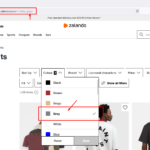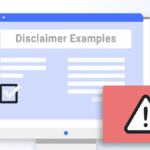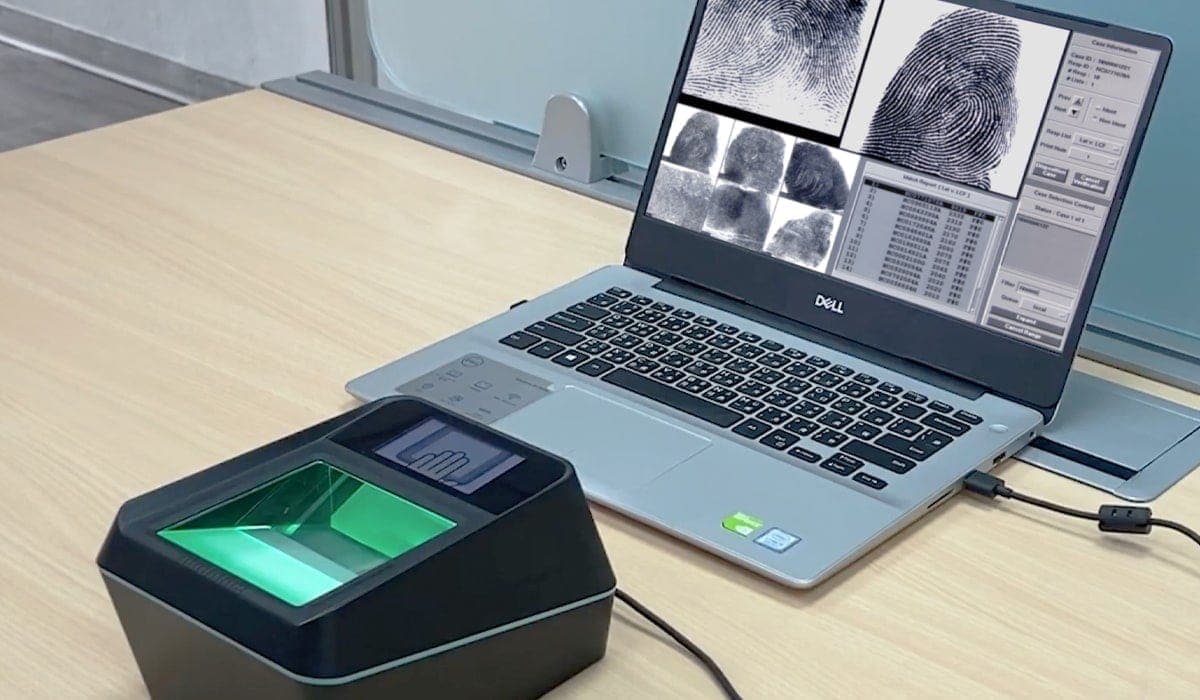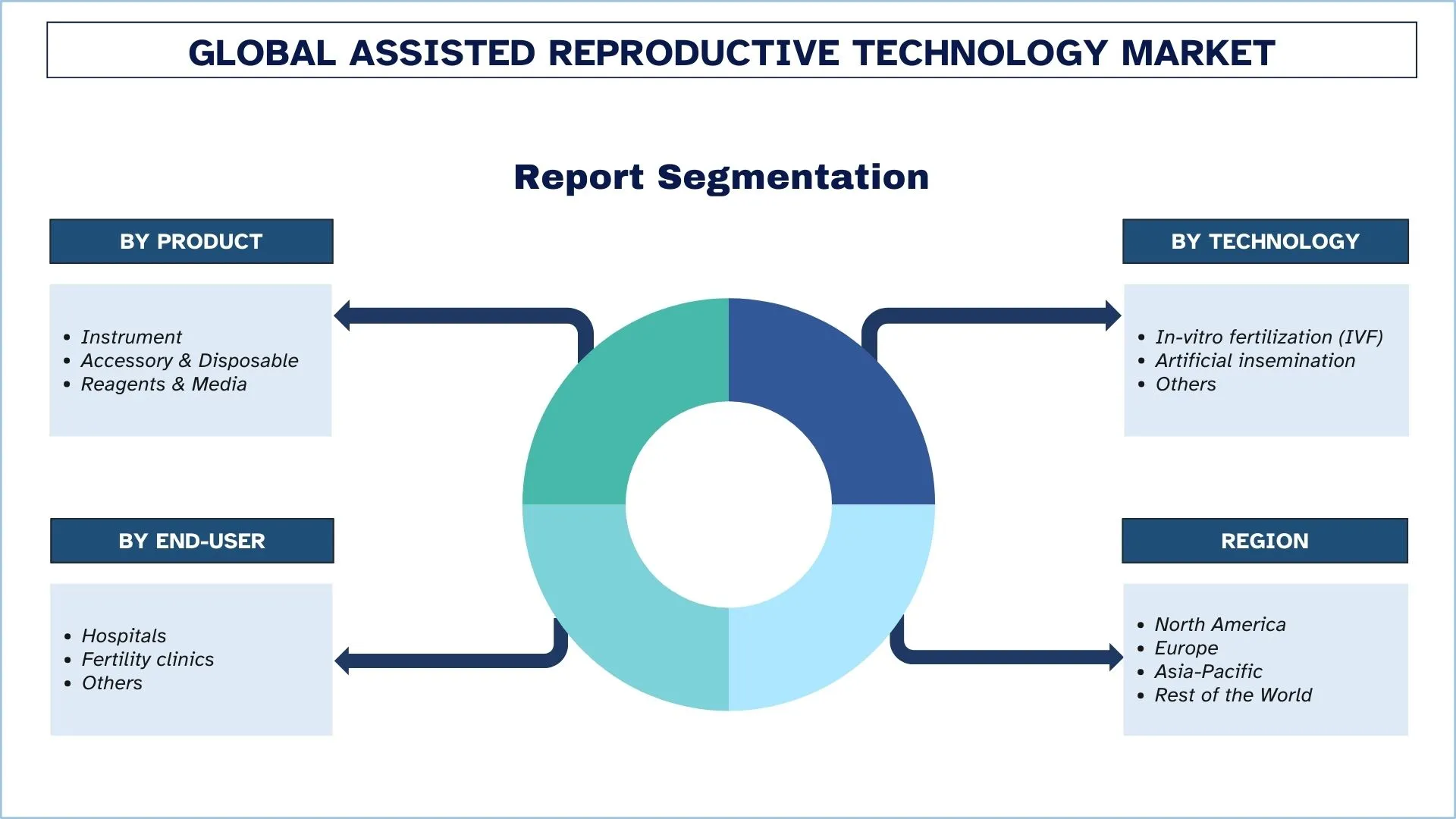Introduction
Hey, have you heard about thejavasea.me leaks AIO-TLP? It’s a big deal in cybersecurity right now. Thejavasea.me, that shady spot for sharing hacked stuff, spilled a ton of sensitive data in batches like AIO-TLP370, AIO-TLP287, and AIO-TLP371. Think emails, passwords, financial records, even pirated SEO tools marked as the best SEO tool out there. This All-In-One mess, tagged with Traffic Light Protocol levels from GREEN to RED, means real risks like identity theft or phishing scams. Don’t worry we’ll break it down simply, from what happened to how you can lock down your info. Let’s dive in and stay safe.
What is Thejavasea.me?
Thejavasea.me started as a forum for tech chats, but it turned into a hotspot for data-sharing communities and breached data dumps. Hackers and cybersecurity researchers flock there for leaks, from personal details like names and phone numbers to cracked utilities in AIO-TLP packs. It’s got that dark web vibe full of forums where cybercriminals trade private files. But with weak spots like server vulnerabilities, it’s no surprise it became ground zero for the AIO-TLP breach. Know it, avoid it, stay smart.
Understanding AIO-TLP: From All-In-One to Traffic Light Protocol
Ever wonder what AIO-TLP really stands for in thejavasea.me leaks AIO-TLP saga? It’s short for All-In-One Traffic Light Protocol a clever way to bundle massive compilations of data and label them by sensitivity. Picture this: AIO means a giant grab-bag of info, from login credentials and financial information to pirated software packs like those in aio-tlp371, all crammed into one file. Then comes TLP, the Traffic Light Protocol in cybersecurity, which colors it like a stoplight: TLP:WHITE for share-anywhere basics, TLP:GREEN for community chats, TLP:AMBER for need-to-know only, and TLP:RED for super-secret stuff that could spark fraud or identity theft if leaked.
In thejavasea.me leaks AIO-TLP, these packs often hit AMBER or RED levels, exposing personal identifiable information (PII) like emails and phone numbers on dark web marketplaces. Why does it matter? It lowers the bar for cybercriminals tools once locked behind paywalls or expertise are now free game for phishing attacks or credential stuffing. Even the best SEO tool cracks snuck in there highlight ethical concerns around digital piracy risks. Understanding this helps spot weak security measures, like unpatched servers or human error, fueling these breaches. It’s a wake-up call: in a world of advanced attack techniques, knowing your data’s “color” could save you from the next big hit.
The Timeline of the Breach: Key Events and Variants
The thejavasea.me leaks AIO-TLP didn’t happen overnight it’s a chain of events that unfolded across 2025, starting with whispers on hacker forums and exploding into full-blown data exposure. It kicked off in early January with initial sightings of AIO-TLP287 leaks on thejavasea.me, where a 500MB+ archive of debugging logs and admin tools surfaced, exposing up to 50 million users’ sensitive information like transaction records and private files. By February, speculation ran wild as cybersecurity researchers flagged it as a vulnerability assessment nightmare, tied to SQL injection exploits.

Fast-forward to March 22, 2025: The big one hit with thejavasea.me leaks aio-tlp370. A group dumped a whopping 1.2GB file named aio-tlpfullv7.3.zip on dark web boards, packed with source code from log processors, cloud configs, and anomaly detection scripts. This variant, exploiting server vulnerabilities, quickly spread via peer-to-peer networks, fueling automated attacks on e-commerce sites. Security firms like those tracking Have I Been Pwned noted a spike in credential stuffing from this batch alone.
Not done yet April brought aio-tlp371 into the mix, a pirated software haul including cracked utilities and even the best SEO tool variants for anomaly detection and incident response automation. Labeled TLP:RED, it targeted business data for BEC scams, with emails and login credentials ripe for fraud. Through summer, variants like aio-tlp142 added fuel, blending personal details with corporate secrets.
This timeline shows how leaks like thejavasea.me leaks AIO-TLP evolve from insider leaks to global threats, amplified by social engineering and dark web trades. It’s why checking if your data was leaked feels urgent millions affected, and counting.
How the Hackers Did It: Common Vulnerabilities Exposed
So, how did the thejavasea.me leaks AIO-TLP even happen? It’s a classic mix of old-school tricks and fresh gaps. Hackers likely started with phishing attacks sneaky emails tricking staff into spilling login credentials or clicking malware links. Once inside, SQL injection let them poke holes in databases, pulling out personal info and transaction records like candy from a piñata.
Server vulnerabilities played a starring role too, especially in aio-tlp370’s log processors, where unpatched flaws turned cloud setups into open doors. Human error? Huge factor weak passwords and overlooked insider leaks handed over keys without a fight. Social engineering sealed deals, with attackers posing as trusted contacts to snag private files or enable advanced attack techniques like zero-day exploits.
In aio-tlp287, debugging logs revealed backdoors from poor encryption, while aio-tlp371’s pirated packs exploited shared drives in hacker communities. Dark web forums buzzed with tutorials on these tactics, making it easy for low-skill crooks to join the party. The result? Massive data breaches where groups and communities trade exploited server vulnerabilities for profit.
This isn’t rocket science it’s preventable with basics like vulnerability assessments and patching. But when platforms like thejavasea.me skimp, everyone pays. Spot these red flags in your setup, and you’re already ahead of the curve.
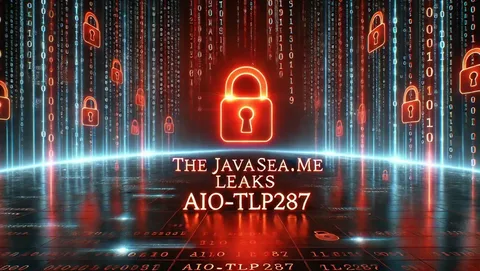
The Impact: Who Got Hit and Why It Matters
The ripple effects of thejavasea.me leaks AIO-TLP are brutal who got hit? Pretty much anyone who’s ever shared data online. Individuals face identity theft head-on, with leaked emails, passwords, and phone numbers fueling phishing and financial fraud. Imagine waking up to drained accounts from credential stuffing off aio-tlp287’s 50 million-user dump it’s not hypothetical; it’s happening.
Businesses? They’re reeling from exposed corporate secrets in aio-tlp371, like contracts and emails ripe for BEC scams. Groups and communities relying on tools like the best SEO tool in pirated packs now risk malware infections, turning digital footprints into attack vectors. Even cybersecurity researchers sifting through dark web marketplaces for intel got collateral damage, with their own PII tangled in the mess.
Why does it matter? Beyond the immediate chaos fraud losses topping millions, compliance fines under GDPR for mishandled PII—this erodes trust. Organizations learn hard lessons from Thejavasea.me leak: one breach cascades into widespread privacy violations. Users suffer emotional tolls too, from stress over monitored financial accounts to the paranoia of every link feeling like a trap.
On a bigger scale, it amps up cybercrime, handing low-level hackers ready-made weapons for ransomware or social engineering. The implications of the AIO-TLP leak? A new normal where data-sharing communities become double-edged swords. But here’s the silver lining: awareness drives change. Check Have I Been Pwned today, and turn “who got hit” into “not me.”
Legal Ramifications and Regulatory Fallout
Diving deeper than most chats on thejavasea.me leaks AIO-TLP, let’s talk legal fallout—it’s the elephant in the room competitors often skip. Platforms like Thejavasea.me face massive heat under laws like GDPR and CCPA for exposing PII without consent. Fines? We’re talking millions per violation, plus class-action lawsuits from affected users claiming negligence in handling sensitive data.
For hackers trading on dark web forums, it’s criminal territory: wire fraud, identity theft charges, even international extraditions if TLP:RED data crosses borders. Businesses hit by aio-tlp371’s corporate leaks could sue for breach of contract or lost revenue from fraud. Regulators are ramping up too expect stricter audits on data-sharing communities and mandatory breach reporting timelines.
This fallout underscores why organizations should learn from Thejavasea.me leak: invest in compliance now, or pay later. It’s not just fines; it’s reputational ruin. Stay ahead by auditing your digital footprints ignorance isn’t bliss here.
Protection Steps for Individuals: Simple Fixes That Work
Feeling exposed after hearing about thejavasea.me leaks AIO-TLP? Good now let’s fix it with straightforward steps to protect yourself post-breach. Start by heading to Have I Been Pwned and punch in your email; it’ll flag if your data’s in batches like aio-tlp370. If yes, change passwords everywhere use a password manager to whip up strong, unique ones, ditching those weak security measures.
Next, enable two-factor authentication (2FA) on all accounts it’s a game-changer against credential stuffing from leaked login credentials. Monitor your financial accounts weekly for weird charges, and freeze your credit if identity theft vibes hit. Steer clear of dark web downloads; that “best SEO tool” crack in aio-tlp371? It’s malware bait.
For everyday habits, train yourself on phishing verify links before clicking, and use VPNs on public Wi-Fi to mask your digital footprints. Steps to protect yourself post-breach also mean patching apps pronto and avoiding shady forums. How to know if you were affected by thejavasea.me leak? Tools like these keep you one step ahead. Remember, small tweaks today dodge big headaches tomorrow empower yourself against these leaks.

Business Lessons: Building Zero-Trust Defenses
For companies staring down the barrel of thejavasea.me leaks AIO-TLP, what organizations should learn from Thejavasea.me leak boils down to one word: zero-trust. Ditch the “trust but verify” mindset assume every access is a potential threat. Start with encryption for all data in transit and at rest, shielding sensitive information from SQL injection grabs like those in aio-tlp287.
Roll out regular vulnerability assessments and patching schedules to plug server vulnerabilities before hackers do. Train employees on phishing and social engineering—human error caused half these breaches. Adopt incident response plans with automated anomaly detection to catch leaks early, and enforce password managers plus 2FA across the board.
What should businesses learn from AIO-TLP? Diversify data storage—don’t hoard in one spot like data-sharing communities do. Invest in cybersecurity infrastructure, from firewalls to AI-driven monitoring, and run ethical hacking drills. For those eyeing tools amid the best SEO tool hype, skip pirated packs; they invite digital piracy risks. Traffic light protocol in cybersecurity isn’t just labels—use it to classify and limit internal shares. Bottom line: proactive beats reactive. Turn these lessons into action, and your org becomes a fortress, not a forum post.
The Rise of Leaked SEO Tools Opportunities and Dangers
Missed by most on thejavasea.me leaks AIO-TLP? The sneaky surge of leaked SEO tools, like those cracked “best SEO tool” gems in aio-tlp371 packs. Sure, they tempt with free anomaly detection and keyword wizards, promising quick wins for digital marketers. But opportunities? Slim ethical SEO thrives on legit platforms, not pirated utilities that tank your site’s trust signals.
Dangers? Malware hidden in downloads, blacklisting by Google for shady tactics, and legal woes from copyright hits. These leaks amplify digital piracy risks, turning your traffic light protocol sensitivity levels into red alerts for fraud. What happened in the TheJavaSea.me AIO-TLP leak shows how “free” tools fuel broader breaches. Instead, opt for paid suites with built-in protections—monitor your site’s digital footprints, avoid dark web bargains. It’s a false economy: short-term gains, long-term pains. Prioritize secure, above-board SEO to build lasting rankings, not risky shortcuts.
Future Trends: Will Leaks Like This Become the New Normal?
Are leaks like thejavasea.me leaks AIO-TLP the new normal? Spoiler: Yeah, probably but we can fight back. With AI supercharging breaches, expect smarter phishing and automated dark web trades, making massive compilations of data commonplace. Why do leaks like this keep happening? Evolving threats meet lagging defenses, from unpatched servers to insider leaks.
But trends point to hope: Zero-trust frameworks and quantum-safe encryption will harden systems, while regs like expanded GDPR push transparency. Are leaks like this the new normal? Only if we let them proactive cybersecurity researchers and tools like advanced 2FA will shift the tide. For individuals, AI alerts for unusual logins; for biz, blockchain for tamper-proof data. The AIO-TLP leak? A pivot point. Embrace ethical hacking over gray-area forums, and we’ll turn prediction into prevention. Stay vigilant—the future’s leaky, but not unstoppable.
Conclusion
Wrapping up the thejavasea.me leaks AIO-TLP whirlwind: From AIO-TLP287’s user data dumps to aio-tlp371’s corporate bombshells, this breach exposed how fragile our digital world is. We’ve covered the what, how, and why now it’s on you to act. Enable 2FA, monitor accounts, and push for better protections at work. These leaks aren’t just headlines; they’re calls to arms against identity theft and fraud. By understanding Traffic Light Protocol levels and dodging dark web traps, you reclaim control. Stay safe out there—your data’s worth it. Questions? Hit the FAQs below.
FAQs
What is Thejavasea.me?
A forum turned dark web hub for breached data and hacker trades, infamous for hosting AIO-TLP leaks like sensitive info and pirated tools.
What does AIO-TLP mean?
All-In-One Traffic Light Protocol: Bundled data (AIO) labeled by sensitivity (TLP: WHITE/GREEN/AMBER/RED) for sharing guidelines in cybersecurity.
What happened in the TheJavaSea.me AIO-TLP leak?
A 2025 series of dumps exposed millions’ PII, source code, and tools via variants like aio-tlp370 (1.2GB logs) and aio-tlp287 (50M users).
Who is behind the breach?
Unknown hackers, likely via phishing/SQL injection; traded on dark web forums by cybercriminals.
How big is the impact?
Huge over 50M affected, billions in potential fraud; spikes in phishing and identity theft.
What can individuals do to protect themselves?
Check Have I Been Pwned, enable 2FA, use password managers, monitor finances—avoid shady downloads.
What should businesses learn from AIO-TLP?
Adopt zero-trust, train on phishing, encrypt data, and build incident response plans.

